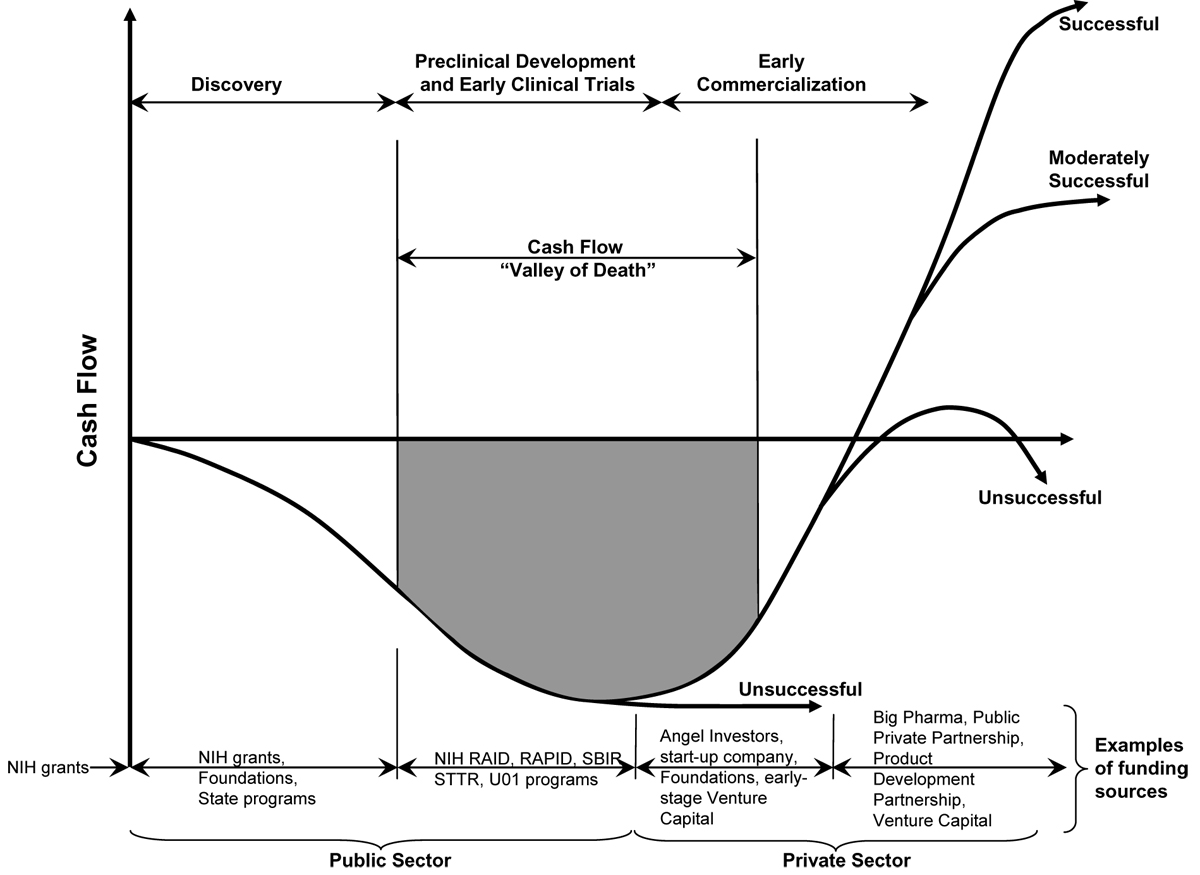Unifi Biotechnologies exists to catalyze successful collaborations among scientists, investors, and entrepreneurs to develop next generation biotechnologies for clinical and commercial applications.
You control and execute on the science so technologies reach their full potential.
Invest in truly life-changing biotechnologies that have strong companies behind it.
Allow scientists to focus on science instead of fundraising so technologies achieve their full potential.
Provide angel investors and venture capital groups deep scientific analysis of new technologies.
Create companies that are attractive to investors and which enter the private sector successfully, thereby realizing the full value of their technologies.
Biotech accelerators and other service providers provide an environment designed to speed up the testing and verification of key IP components.
Provide infrastructure for new companies including legal, marketing, capital formation, and tax strategy.
Provide companies business advisory and IPO strategy expertise.
Information asymmetry exists as the divide between the actual risk of biotechnology science and the perceived risk of investment. We bridge this gap by transforming these asymmetries into viable investment opportunities. Collaborative expertise across scientific, entrepreneurial, and investor domains enables Unifi Biotechnologies to pursue promising technologies at earlier stages of development.


OPEN ACCESS: Steinmetz, K.L., Spack, E.G. The basics of preclinical drug development for neurodegenerative disease indications. BMC Neurology 2009, 9(Suppl 1):S2 doi:10.1186/1471-2377-9-S1-S2